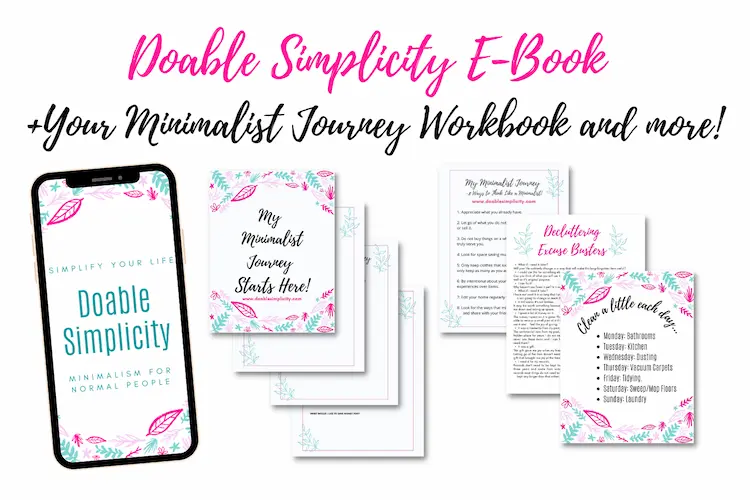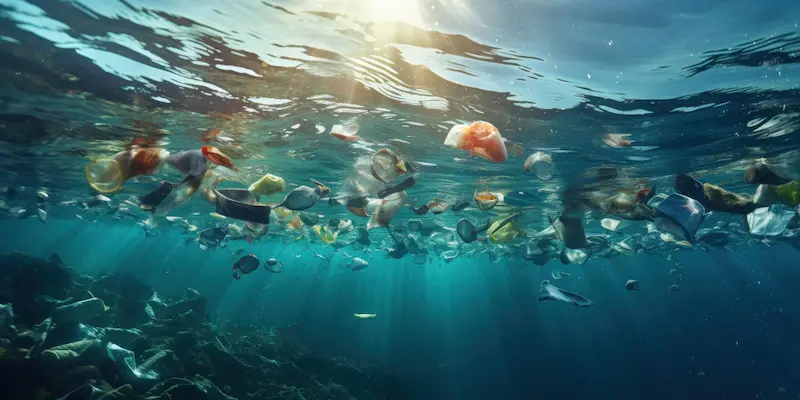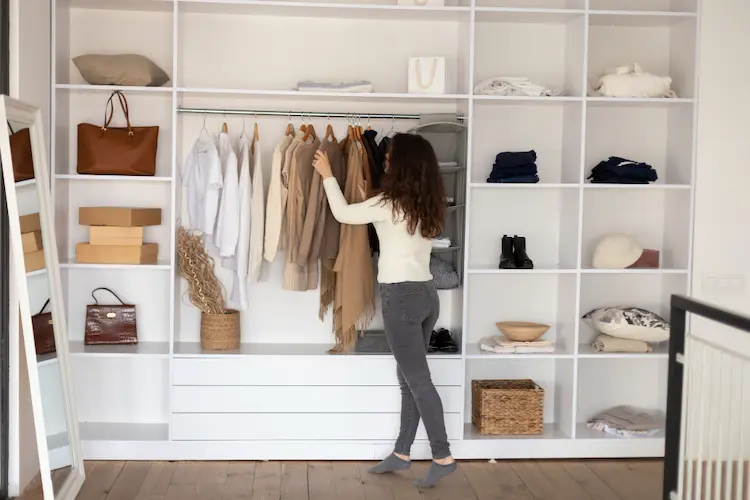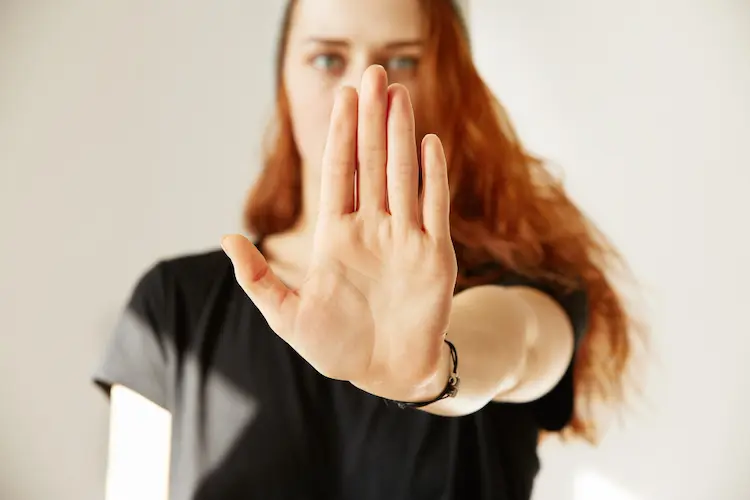What is the Life Cycle of Stuff? Why Is It Important To You?
How many new items have you bought this month? How much have you decluttered this month? Where did all that stuff come from and where will it go? Have you ever thought about the life cycle of stuff you buy and get rid of?
I am sure you have. You wouldn’t be on a website about minimalism if you weren’t at least a little concerned about this vicious cycle but did you know it has a name? It’s called the materials economy and it has five basic stages. Every stage makes a huge impact on the earth and the people on it, including you.
I was introduced to this by a great video called The Story of Stuff. You should definitely watch it but in this article, I will break it down and discuss how the materials economy should affect your approach to the minimalist lifestyle.
Let’s get started!
What is the Life Cycle of Stuff?
The life cycle of stuff or the materials economy is the big picture of how our stuff comes to us, why we buy it, and what happens when we get rid of it. Instead of sitting in the audience watching the play, we are going to look backstage and see how it’s all put together.
The life cycle of stuff also involves an inward look. Why do you buy so much stuff? What can you do to slow down? Will the minimalist lifestyle help you avoid the vicious consumer cycle? What will you do to make things a little bit better on your end?
Let’s go through the process and see what the problems are so we can find the solutions together.
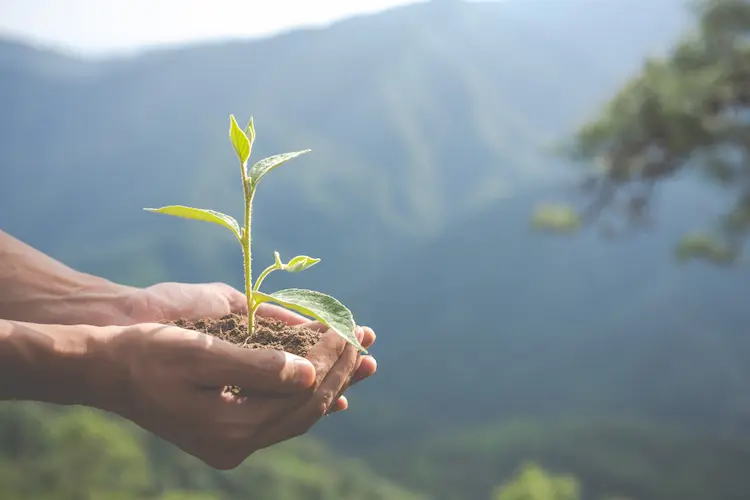
The 5 Phases in The Life Cycle of Stuff
This is the story of your stuff from the very beginning to the almost end.
1: Extraction
First of all your stuff doesn’t magically appear from tiny pictures on Amazon. It isn’t born inside the store and it isn’t grown on trees. Instead, it is extracted from the earth in one form or another.
Metals are mined from the ground, forests are cut down to get to the mines or to make wood and paper products. Plastics come from oil which is drilled from the earth. Fabrics are made of either cotton, other natural resources, or even plastics. Everything you own comes from the earth in one way or the other.
Sounds great! Sounds like a natural healthy cycle. But no. It’s not that simple.
First of all, the earth’s resources are being used up way faster than they can be replenished. Did you know that the United States with less than 5% of the world’s population uses more than 25% of its resources? How can the rest of the world possibly keep up? How can the earth?
The other problem with the extraction phase in the life cycle of stuff is that the complete overuse of the land forces communities who have lived off that land for hundreds of years to move away, to big cities, to work in factories. The video, The Story of Stuff states that over 200,000 people a year move because their land is destroyed by the extraction process.
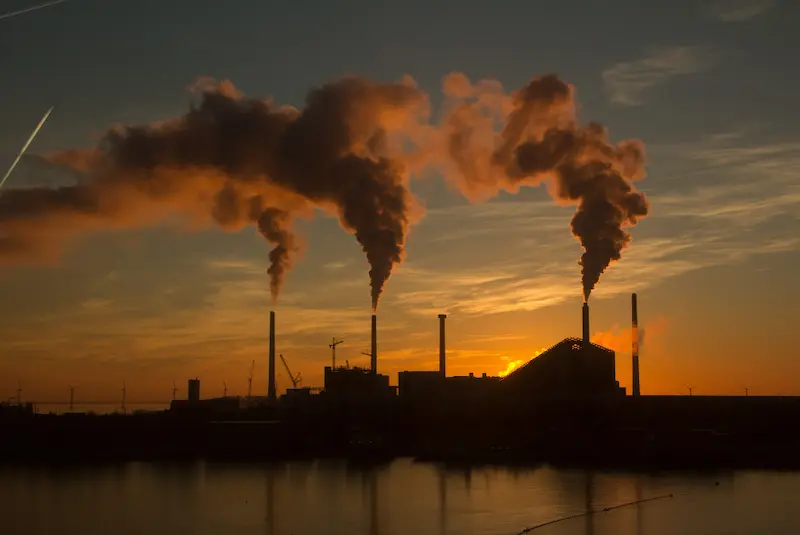
2: Production
The next step in the materials economy is the production of goods with all the natural resources extracted. That’s not too hard, is it? Growing up all those cool “how it’s made” shows would have you believe that there are special robots making everything for us but that’s just not as true as you think.
As shown in The True Cost documentary about fast fashion, the clothes we wear are made by real live people. In fact, everything we use is made by someone else, whether that’s with the aid of a machine or not. The heartbreaking fact is that those mothers and fathers, sisters and brothers, sons and daughters are often working in unsafe conditions for less than a living wage.
Another big problem with production that was shown in The True Cost was the effect that these factories have on the local environment. So many chemicals are used to make fabrics and other things we use and the waste is often dumped into the water supply or the air causing horrible sickness to people who live in the communities around the factories.
All this is horrible enough but it doesn’t even touch the iceberg of how much the consumers are being affected by their use of products that are full of toxic chemicals.

3: Distribution
Now we get to distribution. All that stuff with components from all over the world is put together in one place and then shipped back to the consumer nation that will buy it.
That alone should tell you something. Just to buy a simple item at Walmart you are paying for that item’s flights, freight, and literal shipping. You can’t afford to travel the world but your stuff already has. Are you really paying enough for that to work out? No! The people who are suffering from its extraction and production are paying the true cost.
Besides that, there is the fact that the stores underpay their employees and avoid offering them health care. The prices are cut lower and lower until the items we buy are practically sold at a loss to the store and the producer. And last but not least we are buying way too much stuff and why is that? It’s because we have to do our part to support an economic system that is based on unsustainable consumerism. And that brings us to the next part of the life cycle of stuff, the part you are familiar with.

4: Consumption
In 1955 retailing analyst Victor Lebow said this;
Our enormously productive economy demands that we make consumption our way of life, that we convert the buying and use of goods into rituals, that we seek our spiritual satisfaction, our ego satisfaction, in consumption. We need things consumed, burned up, replaced and discarded at an ever increasing rate.
Victor Lebow
Does that sound like the life you are living? Or the life most of the people around you are living? Absolutely! It’s all around us.
People go shopping for every occasion. During the Pandemic, when we were asked to stay home, all the open stores were as full as they could be around the clock. People used to decorate for the major holidays but now many homes are decorated for all the tiny holidays too. And on top of that fast fashion and online shopping has us buying on impulse even when we are trying not to. We are buying too much stuff and we are doing it all the time!
Just to give you an example of the increase in our shopping habits the average American bought 12 new items of clothing a year in 1980 but now the average American will buy 68 new clothing pieces per year. That’s more than one new item a week. That’s a lot! Like a bunch of addicts we can’t seem to stop buying clothes.
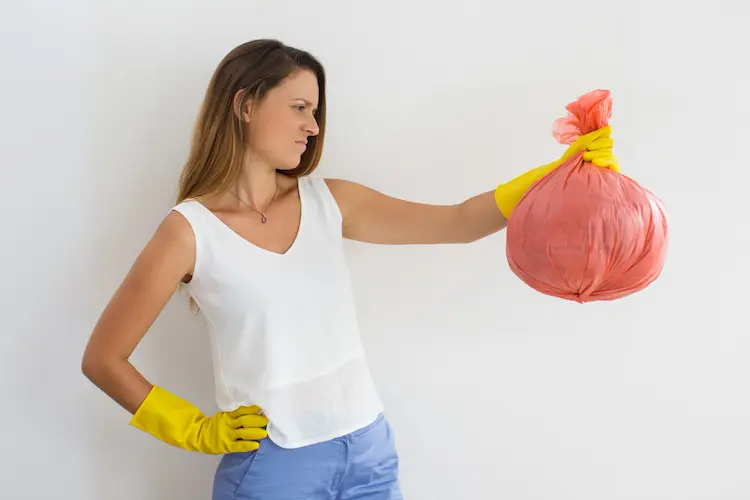
5: Disposal
Last but not least, in the life cycle of stuff you have that inevitable day when you dispose of the thing you bought. You have found that it is no longer useful, it’s broken or out of date. You have to declutter and that amazing thing you just had to have a few short months ago is in the bin.
Did you know that only 1% of the things we buy are still in use one year later? That means 99% of the stuff you spend your hard-earned money on becomes trash within the year. Talk about throwing your money away!
Unfortunately, your money isn’t the only thing being thrown away. Where does all the trash go? A lot of toxic non-biodegradable junk is filling up landfills all over the world, and trash that is incinerated releases some of the most toxic fumes known to man.
A big part of why we throw so much away has to do with planned obsolescence and perceived obsolescence. That is stuff that’s made to break and stuff that fits a fad that will quickly go out of style. We get trapped into buying and getting rid of stuff at an alarming rate when we buy poor-quality kitsch junk.
Just to put a little perspective on it, we have a fridge that was made in 1949 and it still works great! That’s because it was made before the scheme of planned obsolescence was hatched. The stuff made today could last that long but it doesn’t because it wouldn’t make money.
A Better Approach to the Life Cycle of Stuff
So now that we all know the problems our mass consumption causes we can sit and wallow in guilt. No! That’s not productive at all. Instead, we need to stop and think about how our tiny actions, our little everyday choices can make a huge difference!
Aside from the huge corporate and political changes that are often far beyond our control, there is something that can help us affect a more sustainable, ethical, and cyclical cycle. It’s called minimalism.
With the minimalist lifestyle, we attack this problem at every stage. When you choose to live with less you stop buying stuff you don’t need which means we aren’t contributing (as much) to the extraction, production, distribution, and consumption of goods. You will still dispose of stuff but when you declutter you will try to donate items that can still be used. The minimalist mindset will also cause you to cultivate contentment. That will motivate you to try to use stuff longer and buy more timeless quality items that are not meant for the landfill.
When we donate stuff and recycle we also attack the materials economy by slowing down the consumption and disposal of items. We are no longer buying too much stuff and if everyone followed the minimalist lifestyle then the companies would be forced to make less stuff in the first place.
While it’s true that all these problems will not be solved overnight, when we quit paying for people to abuse the earth and the people on it, the big corporations will be forced to follow the money and change the way they do things.
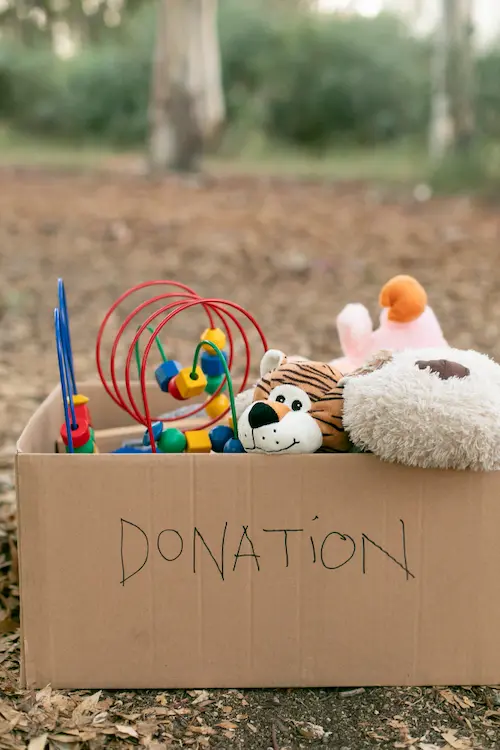
Do You Want to Try the Minimalist Lifestyle?
The only question left is this. What will you do? Will you make better choices about the stuff you buy, use, and throw away by adopting the minimalist lifestyle? Will you slow down your personal consumption and contribute to sustainable and ethical practices in the commercial industry? Will the life cycle of stuff look different in your home?
I am sure you want to help, and it’s easy to see how minimalism and sustainability go hand in hand, but you might be feeling just a little overwhelmed. How do you even start the minimalist lifestyle anyway? What does minimalism mean for your everyday life? Grab my e-book Doable Simplicity (minimalism for normal people) and find actionable steps to simplify your home, your schedule, and even your chores so you can simplify your life and focus on bigger goals, like saving the planet!
